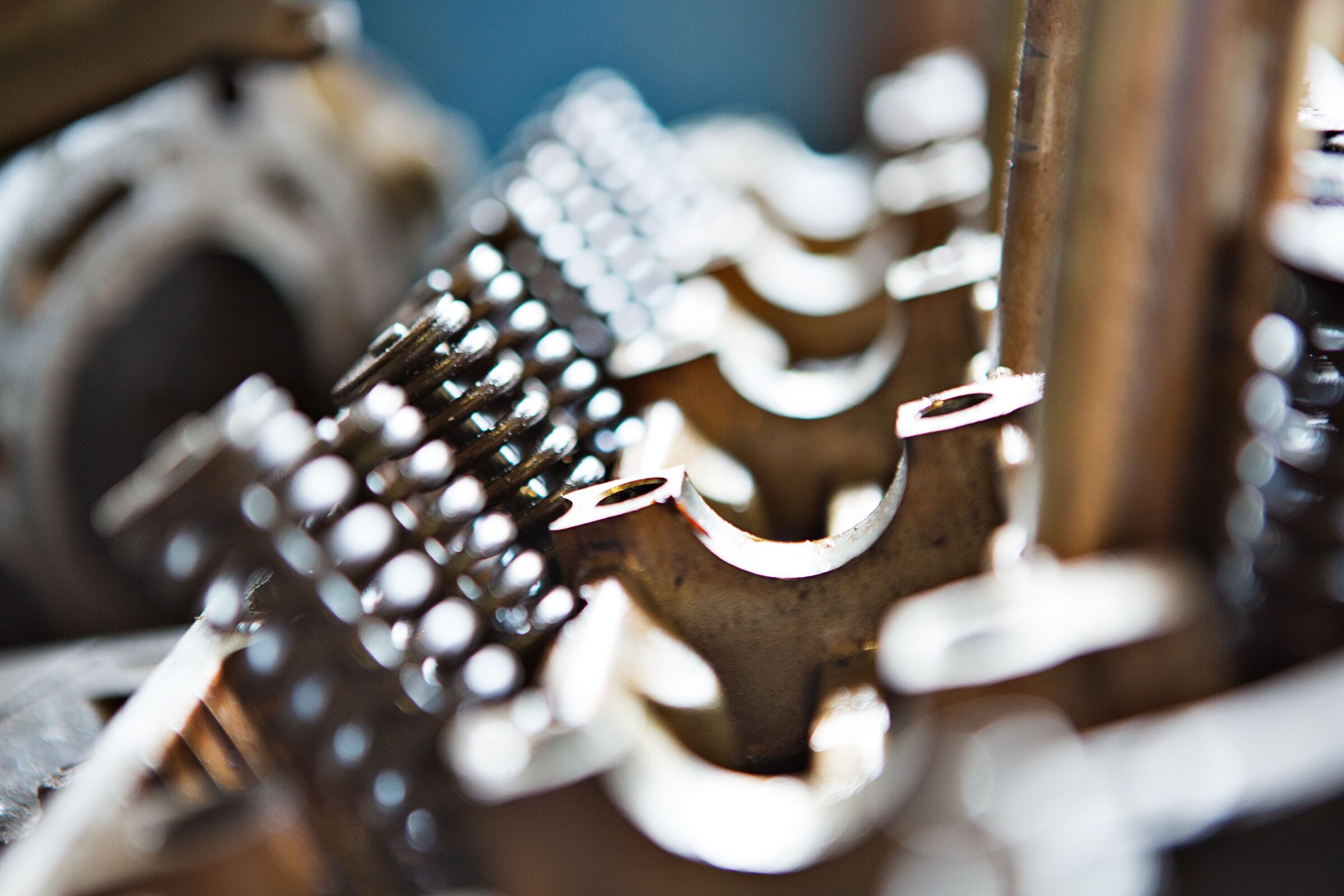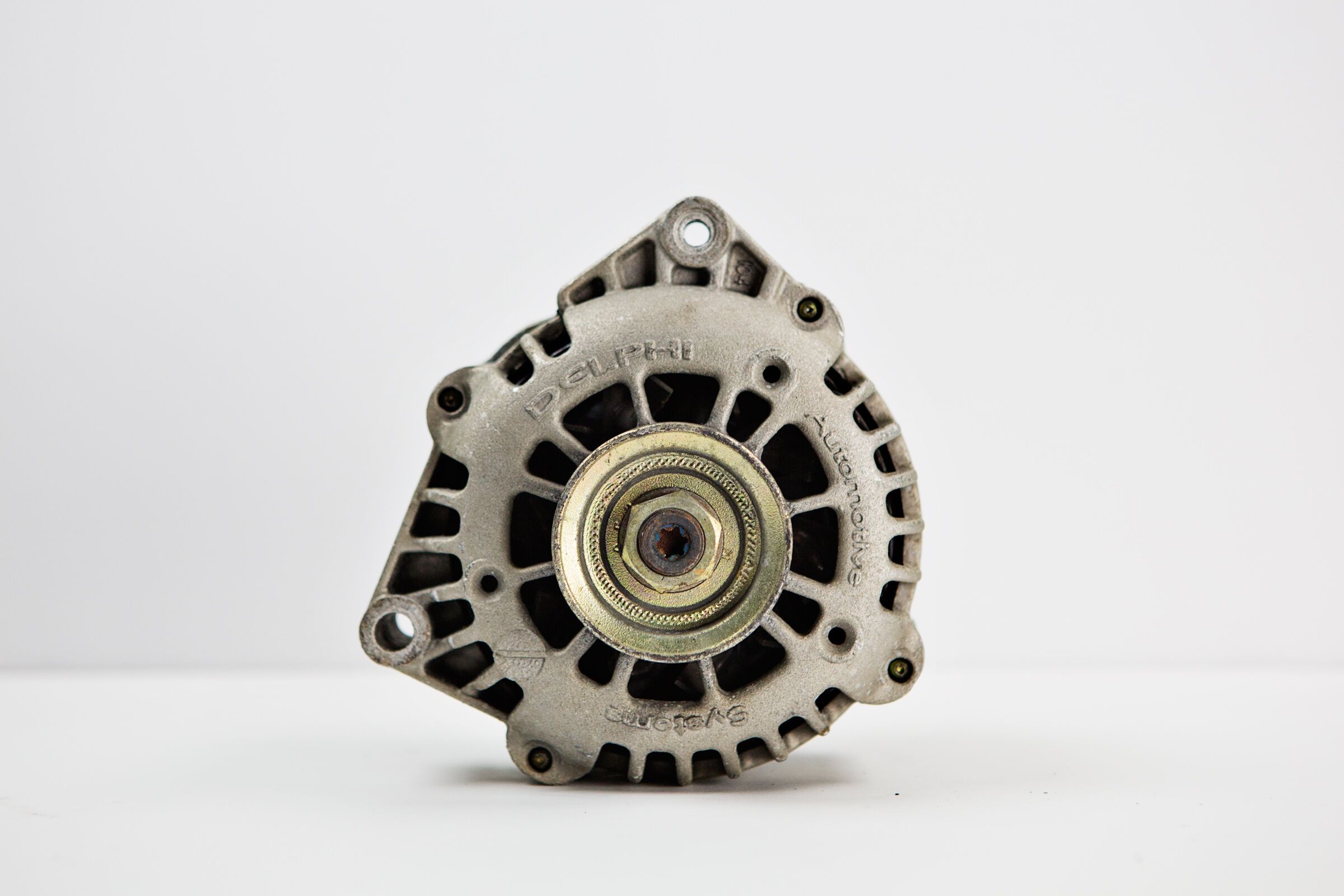More for your scrap metal
We separate the metals prior to sending to be recycled.
Equipment containing parts of various metals can often be purchased at a price below that of either of the metals, due to saving the scrapyard the labor of separating the metals before shipping them to be recycled. As an example, a scrapyard in Arcata, California sells automobile engines for $0.25 per pound, while aluminum, of which the engine is mostly made, sells for $1.25 per pound.
Get Started
Scrap Metals We Buy
- Aluminum
- Copper
- Brass
- Wheels
- Radiators, Starters & Alternators
- Automotive Cast
- Cans
- Transmissions
- Motors (Aluminum, Cast, Cars & Trucks)

Scrap metal is divided into two types
Ferrous and Nonferrous. Ferrous scrap is scrap iron and steel. This includes scrap from old automobiles, farm equipment, household appliances, steel beams, railroad tracks, ships, and food packaging and other containers. Ferrous scrap accounts for the largest volume of metal scrapped. Ferrous scrap is classified into almost 80 grades; additionally, there are another 40 grades of railroad ferrous scrap and even more grades of alloy scrap. Metal alloys are made from a combination of two or more metals.
Nonferrous scrap metal is scrap metal other than iron and steel. While the volume of nonferrous scrap is less than ferrous scrap, it is more valuable by the pound. Here are some examples of nonferrous scrap: aluminum, copper, lead, zinc, nickel, titanium, cobalt, chromium, and precious metals. Millions of tons of nonferrous scrap metal are recovered by processors and consumed by secondary smelter, refiners, ingot makers, fabricators, foundries, and other industries in this country.